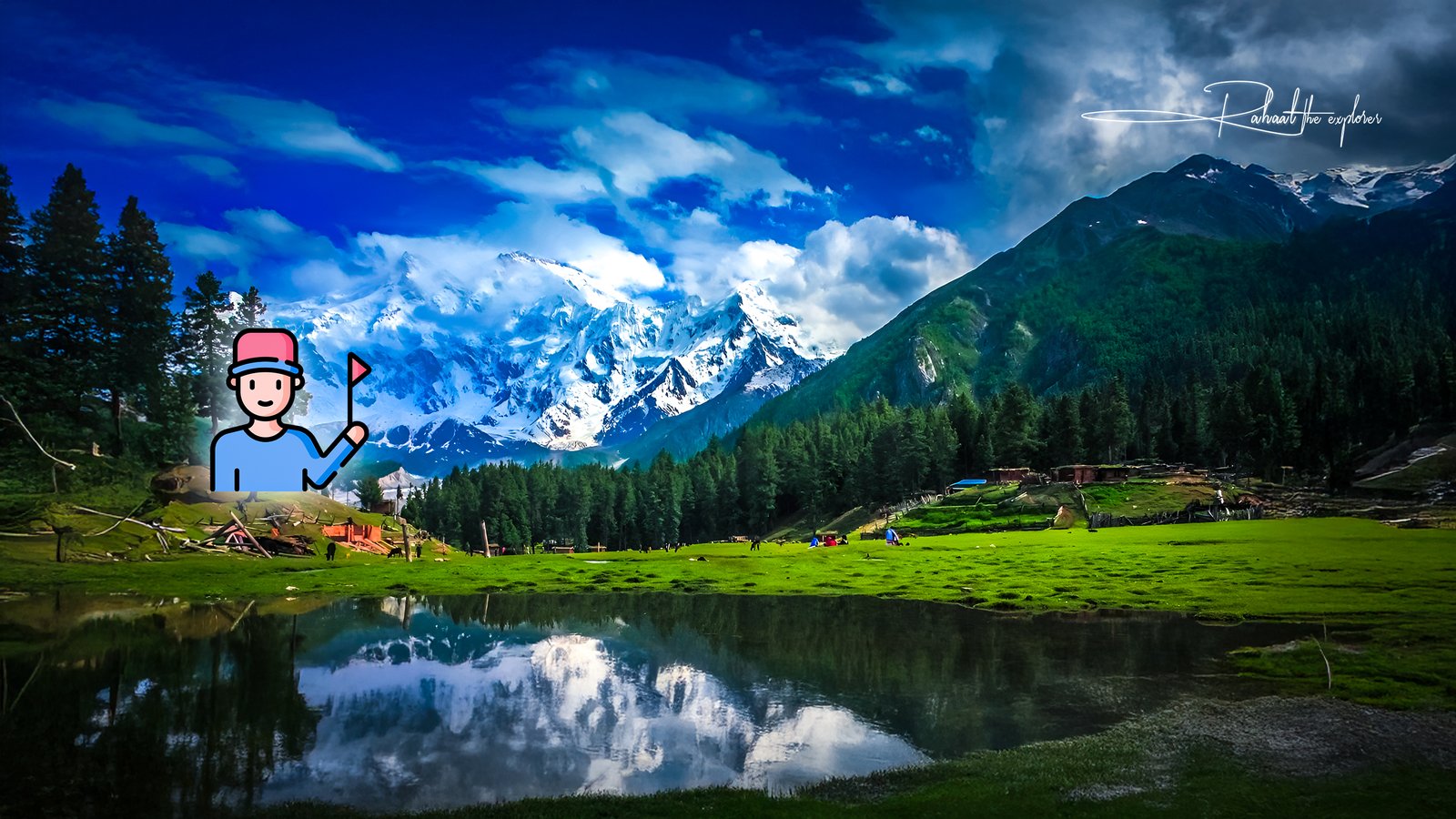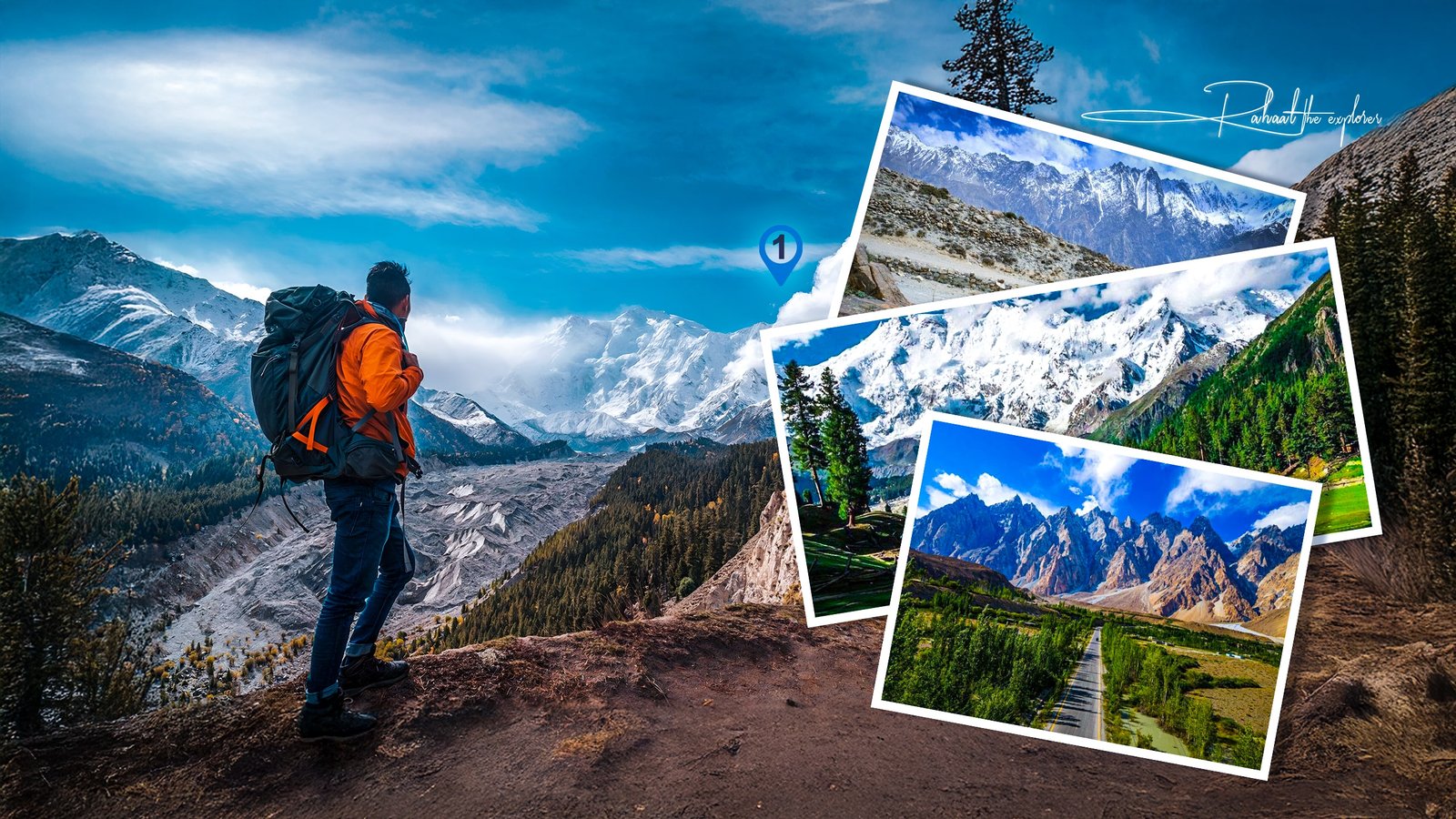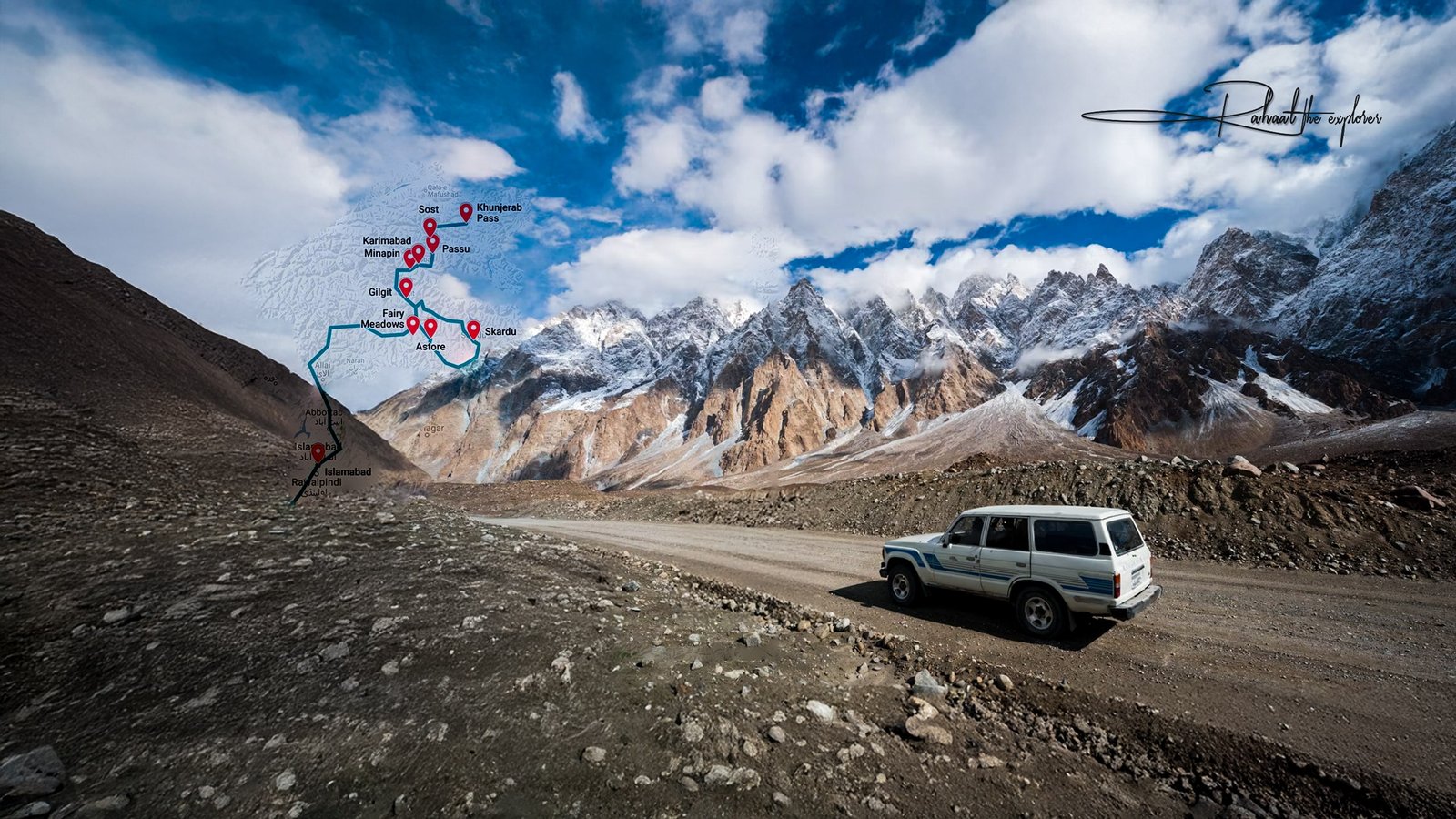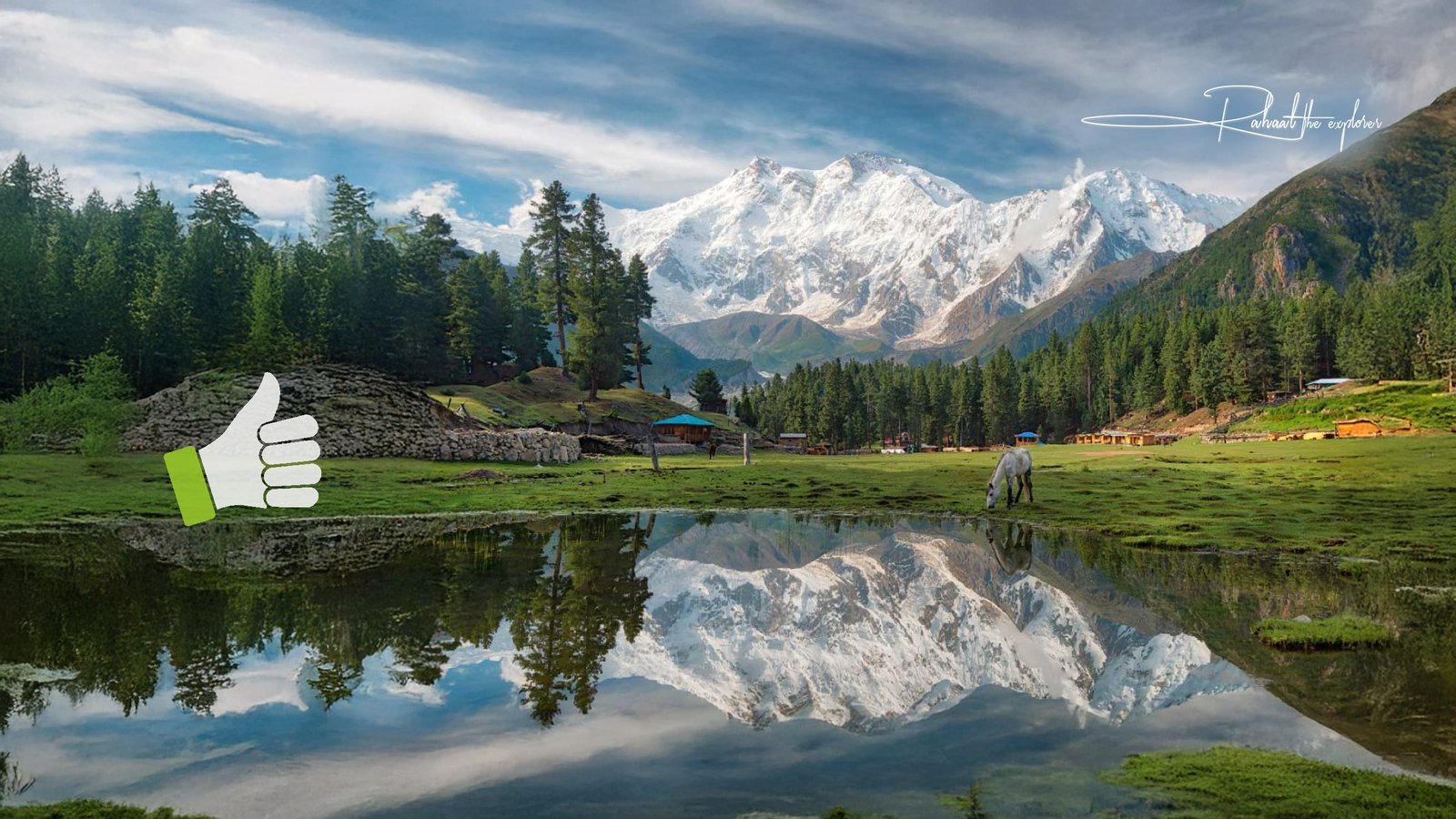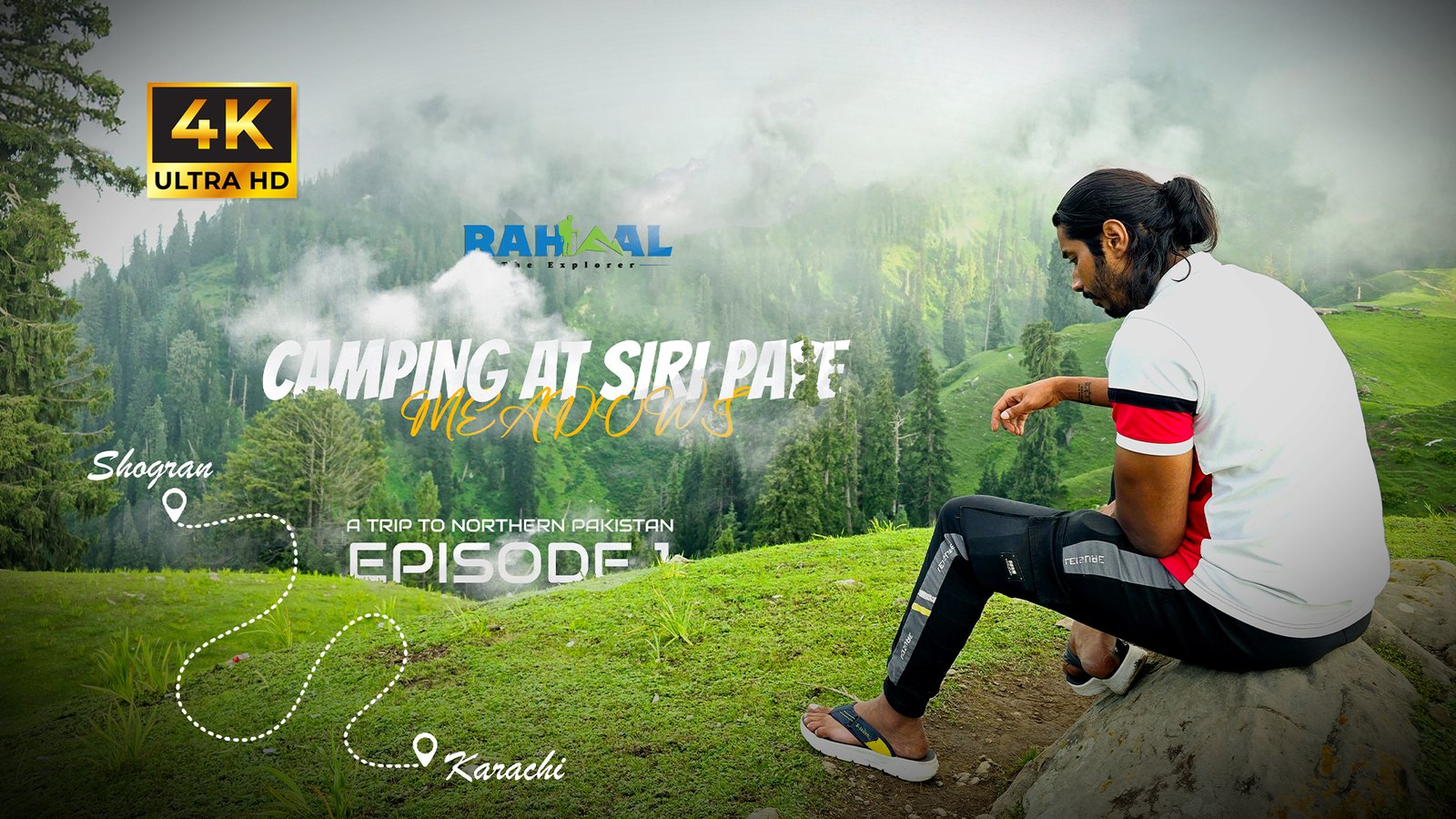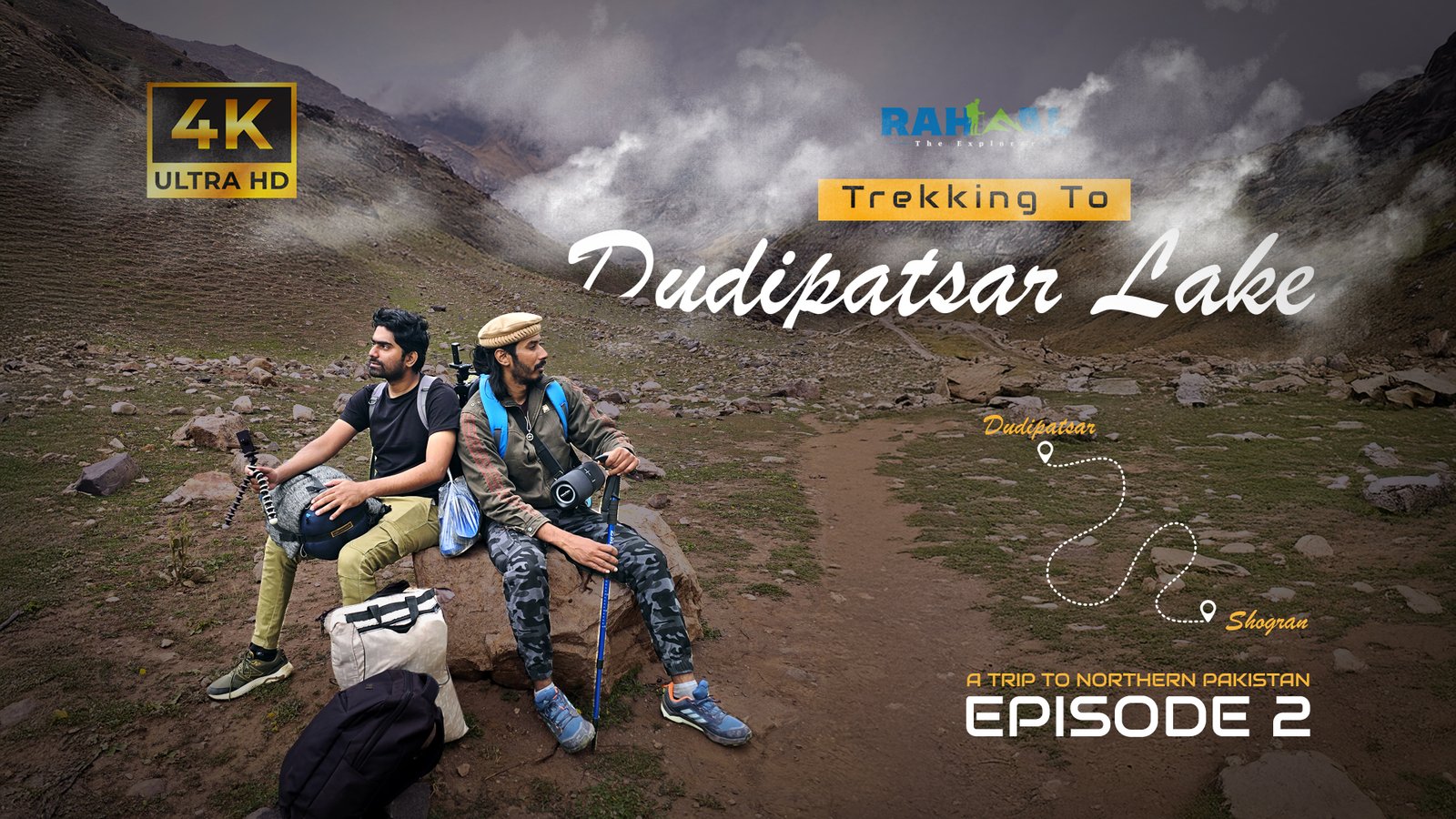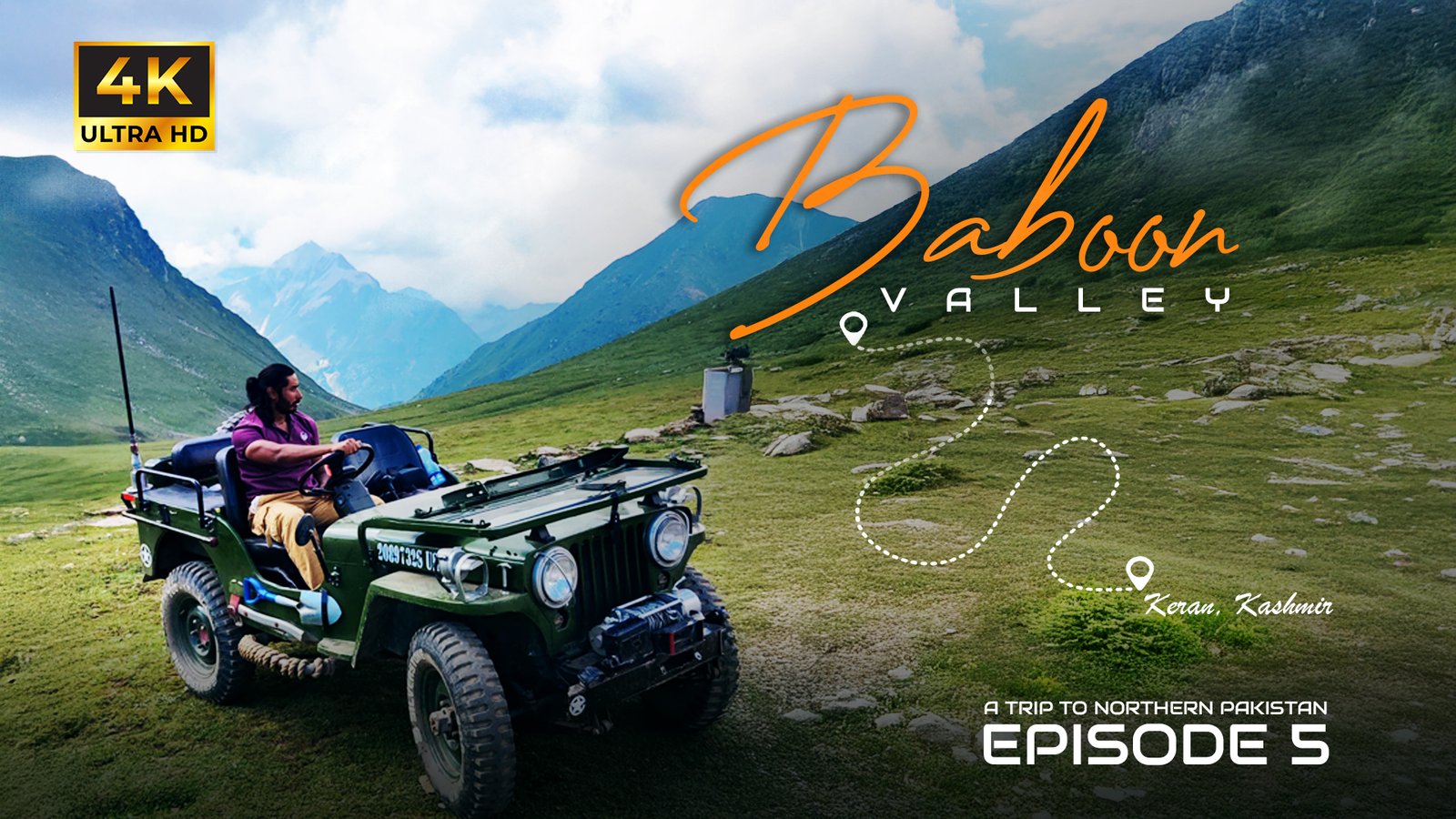Introduction: A Hidden Underground Wonder Awaits
Deep beneath the rolling prairies of South Dakota’s Black Hills, an underground labyrinth quietly tells stories millions of years old. Welcome to Wind Cave National Park — one of the oldest and most fascinating cave systems in the world.
But what makes this national park truly unique is that it’s not just about what’s below the surface. Above ground, visitors find sweeping grasslands, bison herds, and more than 30 miles of hiking trails that offer some of the best nature experiences in the Midwest.
Whether you’re an adventurer ready to explore the underground passageways or a nature lover looking for scenic hikes, this guide from Rahaal the Explorer covers everything you need to know about Wind Cave National Park — from must-see trails to insider tips for making the most of your visit.
A Brief History of Wind Cave National Park
Established in 1903, Wind Cave National Park was the first cave in the world to be designated a national park. Early Lakota people regarded it as a sacred site, believing that their ancestors emerged from the cave to populate the Earth — a story that adds spiritual depth to its natural wonder.
Named after the “whistling” sound of air escaping its narrow openings, the cave is renowned for its unique boxwork formations — delicate honeycomb-like patterns rarely found elsewhere.
Today, the park spans over 33,000 acres, featuring both underground marvels and beautiful aboveground prairies — a dual world of geological and ecological diversity.
Getting There: How to Reach Wind Cave National Park
Located near Hot Springs, South Dakota, Wind Cave is easily accessible by road and fits perfectly into a South Dakota road trip itinerary that includes Mount Rushmore, Badlands National Park, and Custer State Park.
- By Car: From Rapid City, it’s roughly a 1.5-hour drive (60 miles) south via US-385.
- By Air: The nearest major airport is Rapid City Regional Airport (RAP).
- Closest Town: Hot Springs (11 miles away) offers dining and lodging options.
Pro Tip: Visit in spring or fall for pleasant weather, fewer crowds, and active wildlife sightings.
Top Wind Cave National Park Trails to Explore
While most visitors come for the cave tours, the aboveground hiking trails are equally captivating. Let’s dive into the best trails to explore for all skill levels.
1. Rankin Ridge Trail
Distance: 1 mile (loop)
Difficulty: Easy
Highlights: Panoramic views, fire tower, wildlife sightings
The Rankin Ridge Trail is one of the most popular short hikes in the park. Climb to the historic fire tower at the top of Rankin Ridge for sweeping views of the Black Hills, prairies, and forest-lined slopes. It’s a great introductory hike for families and first-time visitors.
Best For: Beginners, families, and photographers seeking an easy scenic trail.
2. Prairie Vista Trail
Distance: 1.2 miles (loop)
Difficulty: Easy
Highlights: Grasslands, wildflowers, interpretive signs
This gentle loop near the Visitor Center immerses hikers in Wind Cave’s prairie ecosystem. Interpretive signs explain the park’s geology, history, and flora. You might spot prairie dogs, bison, and pronghorn antelope grazing nearby.
Tip: Go early in the morning or before sunset for golden light and fewer crowds.
3. Centennial Trail (Wind Cave Section)
Distance: 6 miles within the park (part of a 111-mile trail)
Difficulty: Moderate
Highlights: Wildlife, rolling prairies, solitude
The Centennial Trail passes through the park as part of its longer route connecting Wind Cave to Bear Butte State Park. It’s ideal for hikers seeking longer treks and solitude, with sweeping vistas and abundant wildlife encounters.
Pro Tip: This trail is especially scenic during late spring when the wildflowers bloom across the meadows.
4. Lookout Point and Centennial Loop
Distance: 4.5 miles
Difficulty: Moderate
Highlights: Scenic overlooks, mixed prairie and forest terrain
This loop combines parts of the Lookout Point Trail with the Centennial Trail, offering some of the best mixed landscapes in the park — from open grasslands to shaded ponderosa pine forests.
Why It’s a Must-Do: It showcases the park’s variety — aboveground biodiversity and classic prairie views — in a single hike.
5. Elk Mountain Trail
Distance: 8.5 miles (loop)
Difficulty: Moderate to challenging
Highlights: Solitude, backcountry feel, wildlife
If you’re looking to escape the crowds, Elk Mountain Trail delivers peace and stunning landscapes. Expect to encounter bison herds, elk, or even coyotes roaming freely across the prairies.
Tip: Start early in the morning — this trail has little shade and can get warm in the summer months.
6. Wind Cave Canyon Trail
Distance: 3.8 miles (round trip)
Difficulty: Easy
Highlights: Scenic canyon views, limestone cliffs, birdwatching
Following an old railroad bed, this relatively flat trail winds through Wind Cave Canyon and offers a glimpse into the park’s geologic layers. It’s also one of the best places to spot peregrine falcons, bluebirds, and golden eagles.
Family-Friendly Pick: Perfect for beginner hikers or families with small children.
Exploring Wind Cave Itself
Of course, no trip to Wind Cave National Park would be complete without venturing below the surface.
The cave features over 150 miles of explored passages, making it one of the longest and most complex cave systems in the world.
Cave Tours Offered
- Natural Entrance Tour: The classic experience — discover the original opening of the cave and walk through narrow boxwork-lined passages.
- Garden of Eden Tour: Ideal for families and first-timers; short and easy.
- Fairgrounds Tour: More challenging, featuring large rooms and intricate formations.
- Candlelight Tour: A historic-style exploration by candle lantern.
- Wild Cave Tour: For experienced adventurers who don’t mind crawling through tight spaces!
Note: Tours are seasonal and require reservations. Book early, especially during summer.
Wildlife and Nature Above Ground
Wind Cave’s mixed-grass prairie ecosystem supports an impressive range of wildlife. It’s one of the few places where you can spot bison, elk, prairie dogs, pronghorns, and coyotes within one park.
The park’s prairie dog towns are especially popular with families — these energetic creatures are endlessly entertaining.
Pro Tip: Bring binoculars — the park is also home to more than 130 bird species, including meadowlarks, red-tailed hawks, and eagles.
Visitor Center and Educational Opportunities
Start your journey at the Wind Cave Visitor Center, which features:
- Interactive geology and wildlife exhibits
- Historical information on cave exploration
- Junior Ranger programs for kids
- Daily ranger-led talks and nature walks
Rahaal’s Tip: Pick up a trail map and check the latest cave tour times here before heading out.
When to Visit Wind Cave National Park
Best Season:
- Spring (April–June): Perfect weather, blooming wildflowers, and active wildlife.
- Fall (September–October): Crisp air, colorful foliage, and fewer visitors.
Summer: Popular but can be hot; bring sun protection for aboveground hikes.
Winter: Trails remain open, but cave tours may be limited — still, it’s a great time for solitude seekers.
Where to Stay Near Wind Cave National Park
- Elk Mountain Campground: The park’s only campground; peaceful, shaded, and ideal for stargazing.
- Hot Springs: Offers hotels, lodges, and cozy bed-and-breakfasts just minutes away.
- Custer State Park: Nearby luxury cabins and lodges for those seeking more comfort.
Pro Tip: Book accommodations early during summer — South Dakota’s park circuit is popular with road trippers.
Travel Tips for Visiting Wind Cave National Park
- Bring a light jacket: The cave’s temperature stays around 54°F year-round.
- Wear sturdy shoes: Cave floors can be slippery; trails can be uneven.
- Stay hydrated: Aboveground trails have limited shade and few water sources.
- Respect wildlife: Keep a safe distance from bison and other animals.
- No pets inside the cave: Pets are allowed on most aboveground trails but not underground tours.
Why Wind Cave National Park Should Be on Your Bucket List
What makes Wind Cave National Park so special is its balance of opposites — light and dark, above and below, prairie and cave. It’s not just a park; it’s a living, breathing ecosystem that captures the wonder of both Earth’s surface and its hidden depths.
Unlike some of the more crowded national parks, Wind Cave offers tranquility, space, and a personal connection to nature — the kind of experience every traveler craves but rarely finds.
For explorers like you, Rahaal the Explorer, this park is a reminder that sometimes the most beautiful adventures lie beneath our feet.
FAQs About Wind Cave National Park
Q1: Where is Wind Cave National Park located?
Wind Cave National Park is located in the Black Hills region of South Dakota, about 10 miles north of Hot Springs.
Q2: What is Wind Cave famous for?
The park is known for its complex cave system featuring rare boxwork formations and its mixed-grass prairie ecosystems above ground.
Q3: How long should I spend at Wind Cave National Park?
Plan for at least one full day — half for cave tours and half for aboveground hiking trails.
Q4: Are cave tours suitable for kids?
Yes! The Garden of Eden Tour and Natural Entrance Tour are perfect for families with children.
Q5: Can I visit Wind Cave year-round?
Yes, the park is open year-round, though cave tours and facilities may have seasonal hours.
Conclusion: Explore, Discover, and Connect
From its mystical underground chambers to its golden grasslands, Wind Cave National Park offers an experience that combines adventure, education, and serenity. It’s a destination that rewards curiosity and celebrates nature’s contrasts — an ideal spot for explorers, hikers, and families alike.
So, next time you plan your trip through the American heartland, make sure to include Wind Cave National Park on your itinerary — and let the whispers of the underground wind guide your adventure.






